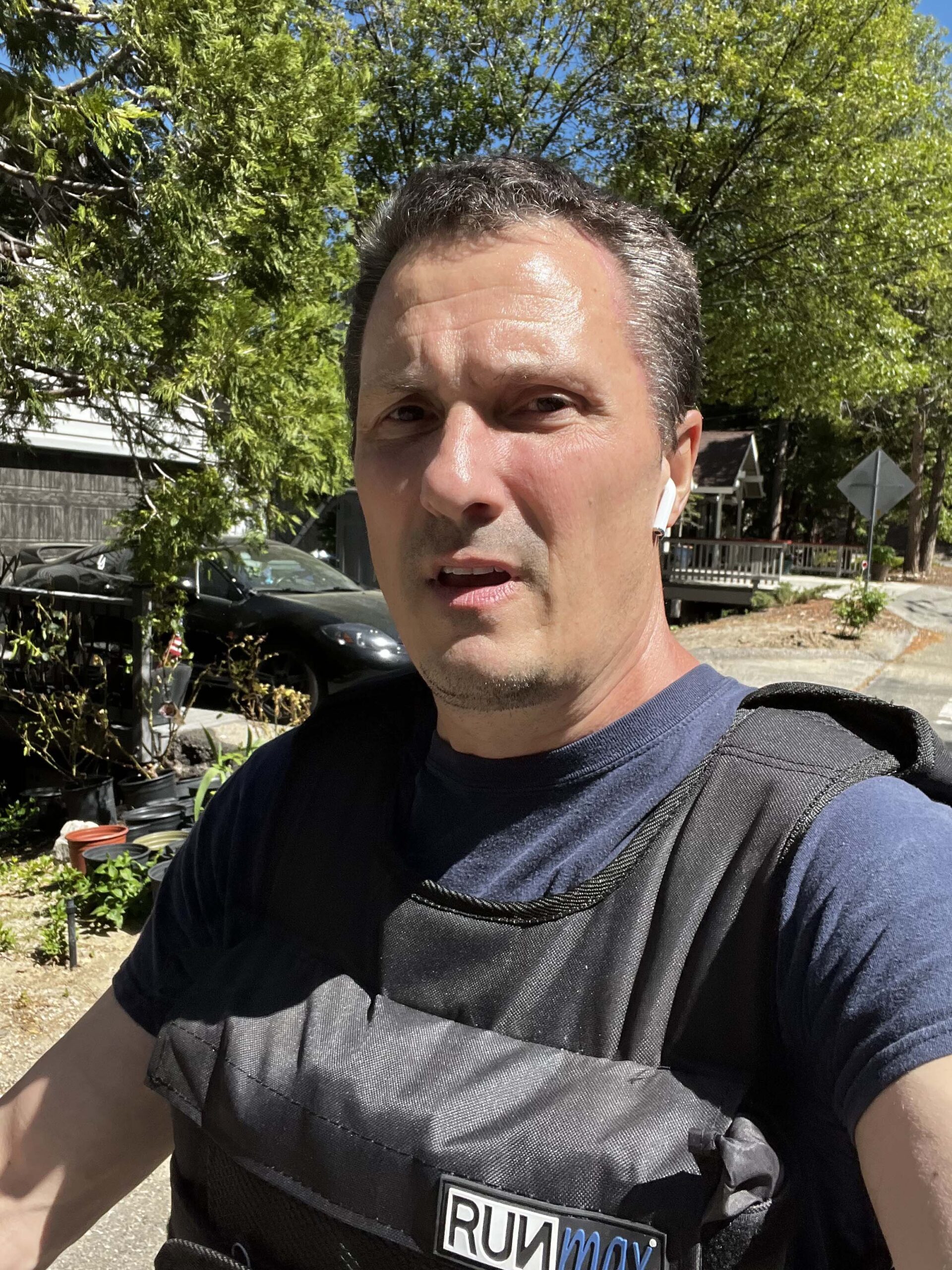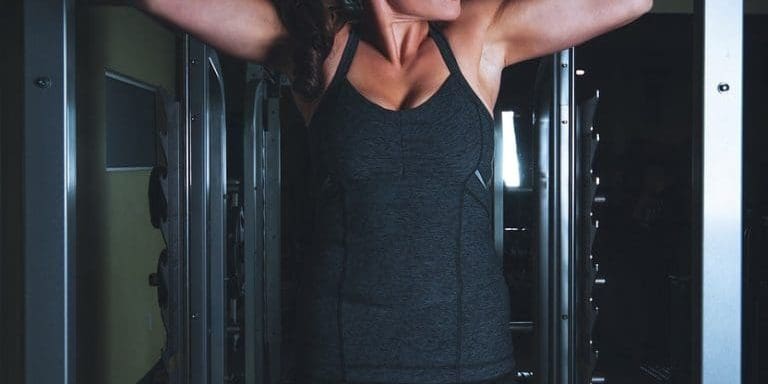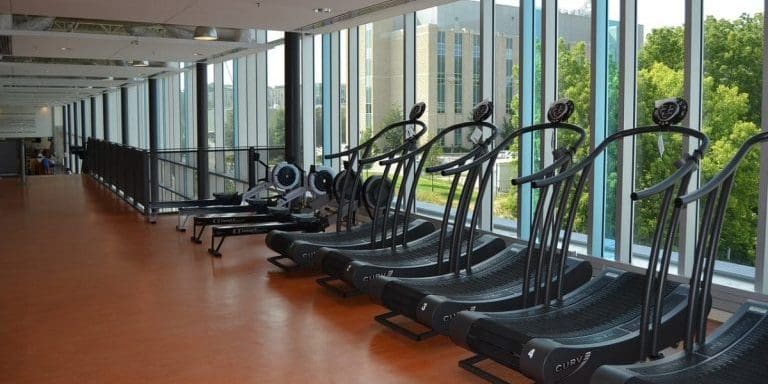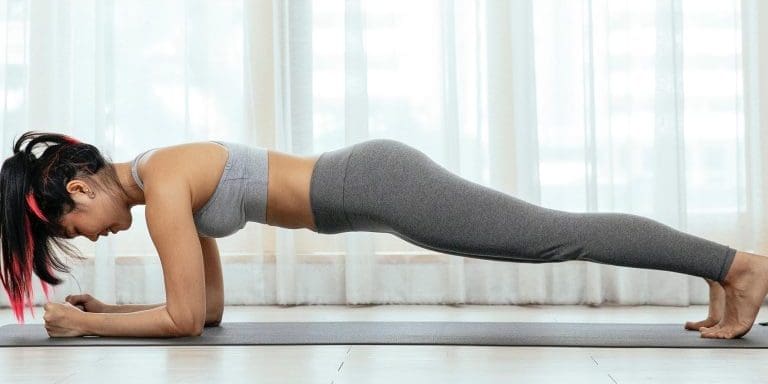Most personal trainers and fitness experts know the term RPE (Rated Perceived Exertion). It is a scale from 1 – 10 and is used to measure how hard you are working your body during exercise or physical activity. 1 being very low to 10 being very high. Since Rate of Perceived Exertion (RPE) is a personal evaluation during your physical activity, it is different for each person. It is based on how you feel. Using an elliptical or treadmill, the scale can help you rate your progress, manage the intensity of your exercise and improve cardio endurance and training.
The Rate of Perceived Exertion (RPE) factors can change on a daily basis. These factors can be how much sleep you got the night before, how fast your heart rate is, how fast your breathing rate is, the level of muscle fatigue and how much you sweat during physical activity.
When starting a new activity like walking, running or biking, by using the Rate of Perceived Exertion (RPE), you will be able to gauge your process and recovery. If you are a person who is dealing with certain cardiovascular diseases, high blood or taking any type of medication, by analyzing your Rate of Perceived Exertion (RPE), it can help prevent overexertion. The use of exercise tracking equipment, like Fitbit and Apple Watch.
Modified Borg CR10 RPE scale
0 – No Exertion (resting)
1 – Very Light exercise
2 – 3 Light exercise
4 – 5 Moderate level of exercise
6 – 7 High Level of exercise
8 – 9 Very Hard exercise
10 – The highest level of exercise (maximum effort)
Not only is the Rate of Perceived Exertion (RPE) based on your own personal experience and level of intensity, but it will change daily based on your fitness goals. One day, you might want to work on your cardio and your level of Rate of Perceived Exertion (RPE) might be a 7 or an 8. The next day, you might want to recover and do a leisurely walk at a RPE of 2 – 3.
As our lives become more sedentary or inactive when we age, the need to do something (physical activity) becomes paramount. Doing nothing or very little leads to laziness. It also affects much more. Exercise can significantly improve the quality of your sleep by regulating sleep cycles. Regular physical activity will help normalize body’s internal time clock (circadian rhythm). Think about those days when you were very busy or performed a lot of physical activity. It was very easy to fall asleep and then you might have felt better waking up feeling better with a good quality of sleep.
Exercise, especially aerobic or endurance activities, can also help to reduce your anxiety and stress levels. Exercise depending upon the Rate of Perceived Exertion (RPE), will help to release endorphins and reduce the stress hormone, cortisol. High stress levels can not only cause health problems but will also cause your body to store fat. This will also aid in relaxing and being able to fall asleep.
For those of you can remember your high school trigonometry class, this of a sine wave. A sine wave is a periodic waveform with a peak and a drop. Research has shown the higher levels of physical activity can lead to boost the depth of your sleep. This quality of deep sleep is essential for the body to repair itself and to wake up feeling rejuvenated. The level of deep sleep could lead to longer sleep duration and more consistent sleep patterns.
Another benefit of exercise is improving your body’s ability to regulate your body temperature. With the rise of body temperature and the subsequent cooling down process during and after physical activity. With improved regulation, your body’s ability to recover faster and have a lower heart rate during exercise (cardio load).
Because exercise can increase your heart rate, timing of when to perform exercise is key. Exercising too close to bedtime, especially intense workouts, can sometimes lead to the oppose effect by raising the heart rate and making it more difficult to wind down and get to sleep. Ideally, your workout should be finished approximately three to four hours before going to bed. Once again, the specific types of exercise and workout routines depend upon what works best for you.




